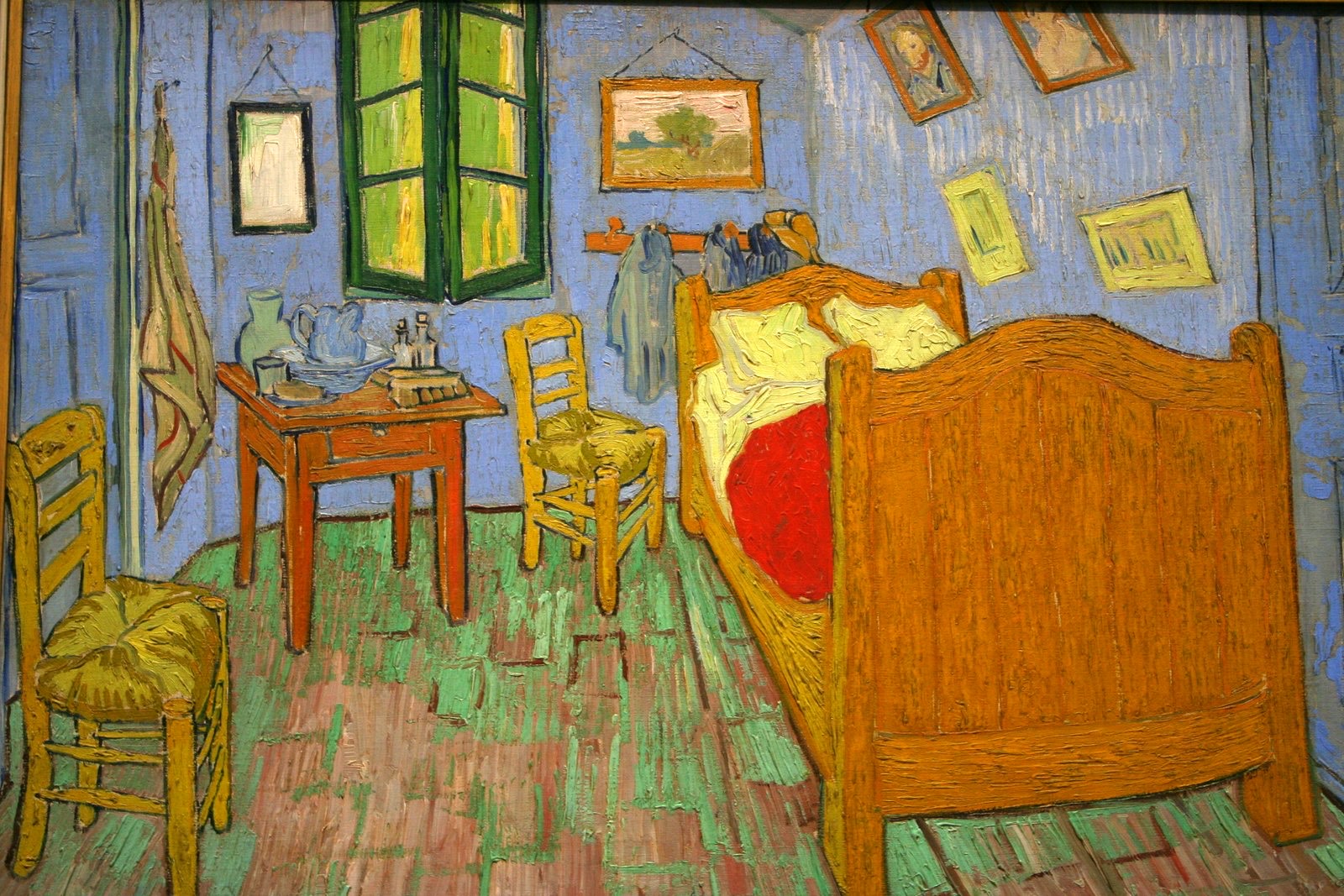
Every genre has a moment, usually dating back to silent film, where you can start to see it crystallize before your very eyes. Science fiction has “A Trip to the Moon,” the American Western has “The Great Train Robbery,” and even the mob movie has “The Musketeers of Pig Alley.” Until “Girl Shy,” starring silent era comedian Harold Lloyd, we had romantic films and we had comedic films. But here, in the story of a shy young tailor’s apprentice who can barely summon up the courage to talk to girls until he meets Mary (Jobyna Ralston), the two narrative elements are blended more cohesively than ever before. We have not just a film that is both funny and romantic, but one where the humor is tied to the relationship between Harold and Mary in particular and the dynamic between men and women in general. In tapping into these universal feelings of love and attraction – and keeping them bright and joyful, unlike the epic, sometimes even tragic romantic dramas of the period – “Girl Shy” helped invent the modern rom-com, a frothy form of sentimental escapism.
What separates “Girl Shy” from its predecessors (and the films made by the two other leading comic stars of the day, Buster Keaton and Charlie Chaplin) is largely the unique quality of Harold Lloyd as a romantic lead. He has a softness and inherent vulnerability that make it easy to root for him to get the girl, alongside his deftness with pratfalls and death-defying stuntwork that frequently defined comedy films of the time. Keaton’s famously stony face made him a little less accessible in romantic storylines, and Chaplin, with his painstakingly built Little Tramp character, intentionally feels as though he belongs to an earlier time. Most importantly, the romantic elements of Keaton and Chaplin’s films were treated as almost wholly separate from the comedy. The focus was primarily on the comedic set pieces that allowed their stars to shine, and their relationships with women – though often touching, as we see with Chaplin’s love for a blind woman in “City Lights” – are generally not a source of humor.

But that’s not the case in “Girl Shy,” which uses the interpersonal liaisons between men and women for laughs – both broadly, as we watch Harold struggle with the concept of the fairer sex to comedic effect, and more specifically, as Mary is brought into his shenanigans and even takes part in them. Since Mary is not just along for the ride but an active participant in the film’s comedic sequences, their connection in a way that is warm and – crucially, since this is a rom-com – genuinely funny.
In the first part of “Girl Shy,” the comedy is rooted in dynamics between men and women. The book that Harold Meadows (Harold Lloyd) is writing is a guide to attracting women – despite his complete lack of experience in the field – and as we see him dreaming up each chapter, the film features a short vignette of Harold exercising different tactics to win over different types of women. The two that they show us are “The Vamp” and “The Flapper” – two popular feminine stereotypes of the 1920s, both of which “Girl Shy” satirizes. Audiences of the time would have recognized these supposed types as well as many modern viewers would be able to identify a “Manic Pixie Dream Girl” or a “Not Like Other Girls Girl” on screen. Not only does it create a parody of these characters, but it also lends a mocking eye to their male counterparts: The Vamp is romanced by a cold and indifferent lothario, while the Flapper is won over by a cruel lummox who asserts his masculinity.
There are typical comedic set pieces in “Girl Shy”, including an extended chase sequence in which Harold exchanges a variety of different vehicles as he races to stop Mary from getting married, none of which serve him well for more than a minute or two. We’re also treated to some bits of business as Harold helps Mary prevent a conductor from discovering her pet Pomeranian while on a no-dogs-allowed train, a cover-up that sees him bark like a dog (amazingly, a joke that still works even without sound), reluctantly munch on a dog treat, and hide the Pomeranian underneath the long beard of a fellow passenger. But aside from these structured set pieces, a great deal of the comedy is more restrained and interpersonal – it taps into a style of humor that somehow feels more modern than many of its counterparts, which rely heavily on slapstick.

It is in “Girl Shy” that we can begin to see the kernels of what we would now recognize as rom-com tropes. Harold is a shy but ultimately good-hearted guy who convinces himself that he needs to pretend to be something he’s not in order to get the girl, even though it’s clear to everyone but him that she likes him much better just the way he is. How many times has that character archetype shown up in a modern rom-com? When he and Mary are first thrown together in a train car, it may not be the earliest cinematic example of a meet-cute, but it has to be close. After he helps rescue her dog, proving himself to be chivalric in his own way, he overcomes his shyness and they talk for the entire ride, both so caught up in their conversation that they don’t even realize that the train has reached its final destination and everyone else has already gotten off. He even has a scene where, after a publisher rejects his book and he realizes that he won’t be able to support Mary as a wife, he’s intentionally cruel, pretending that all of his sweet overtures were just the lines he uses on every girl. He hurts her because, by some bizarre male logic, he would rather do that than risk disappointing her.
But the romance tropes don’t end there: There’s also Harold Lloyd’s version of a “Graduate” moment, where he fights against time to stop Mary’s wedding to another man who, we learn, is still married to someone else. The camera cuts frantically between Harold, who switches between cars, trolleys, and horses in his frenzy to reach his lady love, and Mary, who stands at the altar, mere moments away from a huge mistake. Things go comically awry for Harold, which is only to be expected. This is a classic Lloyd stunt sequence, after all, and it wouldn’t be complete without him trading his car for a broken-down jalopy, only to have it literally fall apart and slide down the side of a hill almost immediately. But he manages to race in, breaking open a glass door to stop the wedding in grand fashion just as the officiant is about to pronounce them man and wife. And thus, the first rom-com nuptial interruption is born.
With Harold Lloyd’s winsome on-screen presence and Jobyna Ralston’s sweet charm, “Girl Shy” features a romantic duo whose love blossoms in a way that feels much more naturalistic than its contemporaries. Between its determination to blend romance and comedy by making their relationship the beating heart of the film rather than a sideshow and its active role in developing some of the key conventions of the genre, “Girl Shy” is a fundamental contribution to the world of rom-coms. Don’t kid yourselves – you would never have gotten Meg Ryan and Tom Hanks in the ‘90s without Lloyd and Ralston back in the ‘20s.




